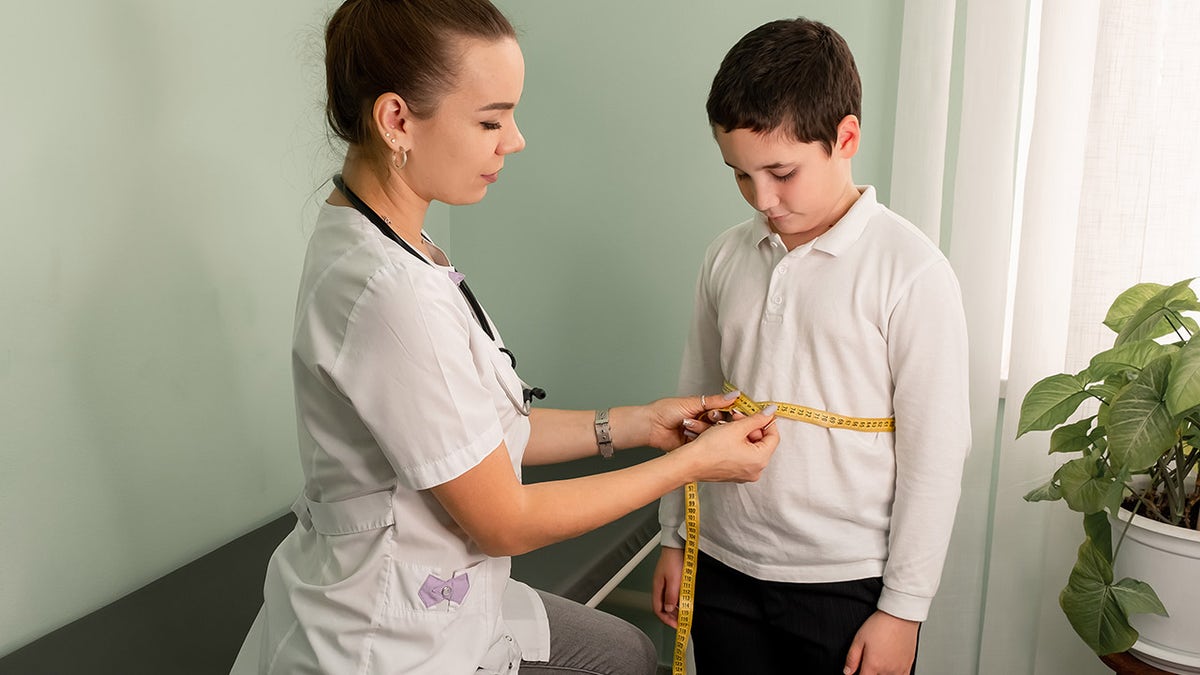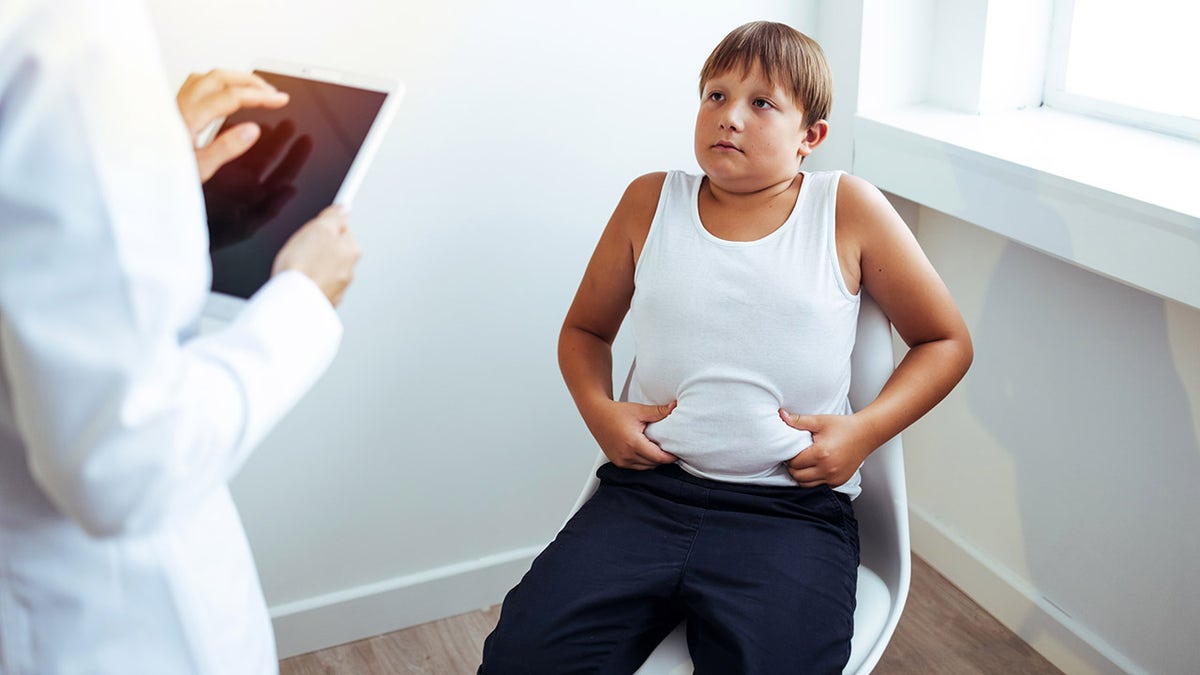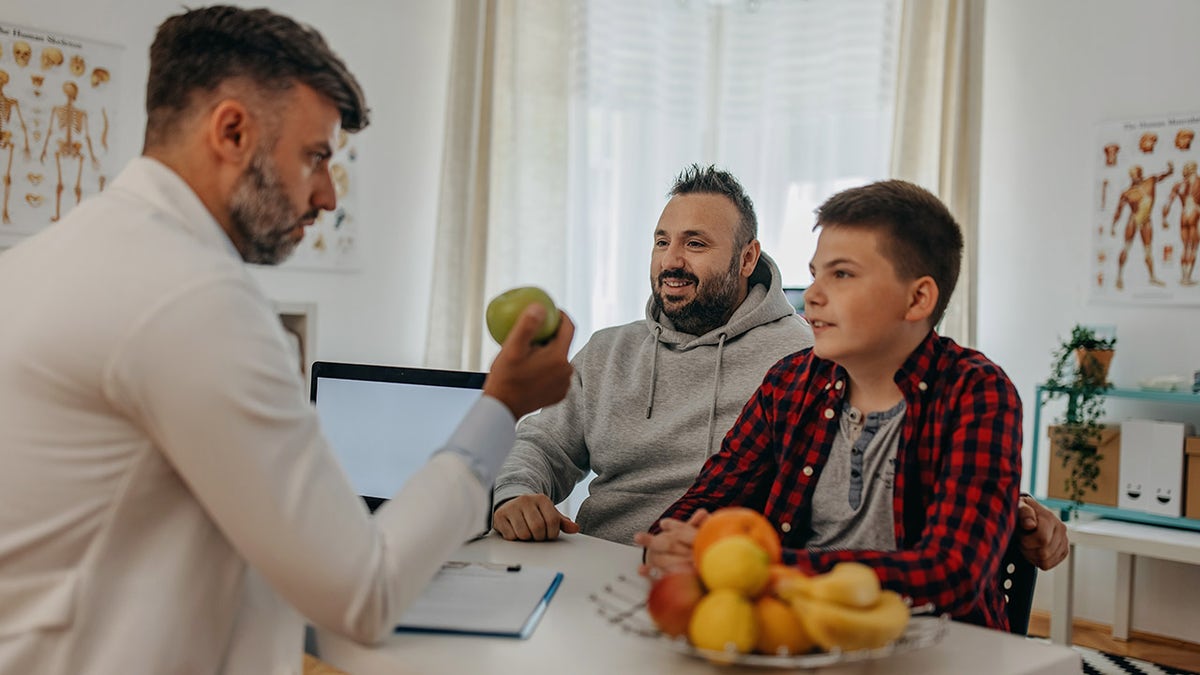Fox News Flash top headlines for January 10
Fox News Flash top headlines are here. Check out what's clicking on Foxnews.com.
A new approach to tackling childhood obesity has been revealed.
The American Academy of Pediatrics (AAP) on Monday released the first comprehensive guidelines in 15 years.
The guide suggests that plenty of evidence exists showing that treating obesity in children is "safe and effective," according to the AAP.
OZEMPIC DIABETES DRUG IS TRENDING AS A WEIGHT LOSS METHOD – HERE'S WHY AND WHAT DOCTORS SAY
More than 14.4 million children and teens in the U.S. struggle with obesity, the organization said.
AAP considers obesity a common chronic disease that, if left untreated, can lead to serious health concerns, including cardiovascular diseases and diabetes.

The American Academy of Pediatrics suggests involving the whole family in obesity treatment. (iStock)
But new developments suggest obesity can be "successfully" treated with "the recognition that complex genetic, physiologic, socioeconomic and environmental factors are at play," AAP noted.
"Research tells us that we need to take a close look at families — where they live, their access to nutritious food, health care and opportunities for physical activity — as well as other factors that are associated with health, quality-of-life outcomes and risks," Dr. Sarah Hampl, lead guideline author and chair of the Clinical Practice Guideline Subcommittee on Obesity, said in a press release.
"Our kids need the medical support, understanding and resources we can provide within a treatment plan that involves the whole family," Hampl continued in the release.
The "Clinical Practice Guideline for the Evaluation and Treatment of Children and Adolescents With Obesity" lists evidence-based recommendations including motivational interviewing, intensive health behavior and lifestyle treatment.

AAP considers obesity a common chronic disease that, if left untreated, is associated with serious health concerns including cardiovascular diseases and diabetes. (iStock)
The approach considers the child’s health status, family system, community context and available resources, according to the AAP.
"The guideline discusses increased risks for children with special health care needs, as well as inequities that promote obesity in childhood, such as the marketing of unhealthy food, low socioeconomic status and household food insecurity," the organization wrote in a press release.
"The role that structural racism has played in obesity prevalence is also discussed," according to the release.
Even though the guideline does not discuss obesity prevention, the AAP does emphasize the importance of families having a primary care physician to oversee long-term care.
HEALTHY LIVING HABITS INCLUDE EATING DINNER EARLIER — IT MAY ALSO HELP KEEP WEIGHT DOWN
The AAP outlined key action statements that guide physicians in evaluating children and teens for obesity.

A doctor sits down with a child and his father to discuss health and nutrition. (iStock)
These recommendations include comprehensive obesity treatment in the form of nutrition support, physical activity treatment and behavioral therapy.
This may also involve pharmacotherapy for adolescents 12 years or older — and even metabolic and bariatric surgery for teens aged 13 and up with severe obesity.
CLICK HERE TO SIGN UP FOR OUR HEALTH NEWSLETTER
The AAP lists intensive health behavior and lifestyle treatment (IHBLT) as the "most effective" known behavior treatment for this condition, although challenging to access and deliver.
"This is a complex issue, but there are multiple ways we can take steps to intervene now and help children and teens …"
"The most effective treatments include 26 or more hours of face-to-face, family-based, multi-component treatment over a 3- to 12-month period," the AAP said.

Obesity is defined as a BMI at or above the 95th percentile for children and teens of the same age and sex, according to the AAP. (iStock)
The organization added that evidence-based treatment administered by a trained health care professional, with the involvement of a parent or guardian, has "no evidence of harm and can result in less disordered eating."
The guideline also supports and calls for policy changes regarding medical costs to cover obesity treatment for all children.
"The medical costs of obesity on children, families and our society as a whole are well-documented and require urgent action," Hampl said in the release.
CLICK HERE TO GET THE FOX NEWS APP
"This is a complex issue, but there are multiple ways we can take steps to intervene now and help children and teens build the foundation for a long, healthy life," she added.





















